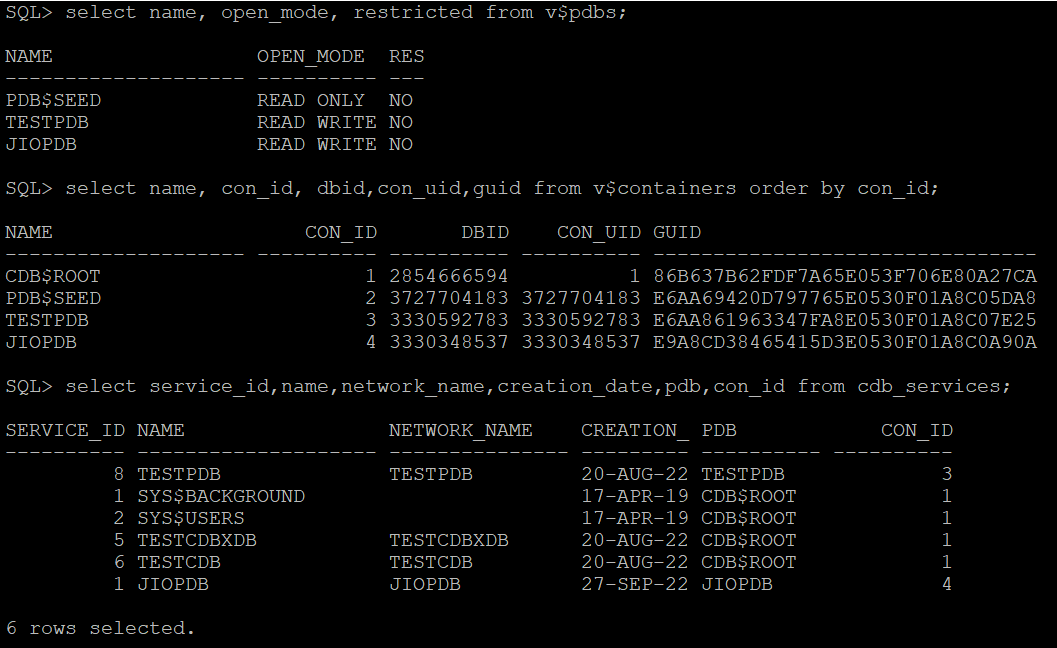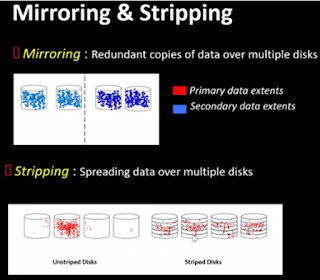oracleasm module not loaded or /dev/oracleasm not mounted
[root@oraclelab1 dev]# oracleasm createdisk ASM_DISK1 /dev/sdb1 oracleasm module not loaded or /dev/oracleasm not mounted. [root@oraclelab1 dev]# oracleasm status Checking if ASM is loaded: no Checking if /dev/oracleasm is mounted: no [root@oraclelab1 dev]# Load the oracleasm Module [root@oraclelab1 dev]# oracleasm init Creating /dev/oracleasm mount point: /dev/oracleasm Loading module "oracleasm": oracleasm Configuring "oracleasm" to use device physical block size Mounting ASMlib driver filesystem: /dev/oracleasm Verify the oracleasm configuration [root@oraclelab1 dev]# df -ha |grep -i oracleasm oracleasmfs 0 0 0 - /dev/oracleasm [root@oraclelab1 dev]# [root@oraclelab1 dev]# lsmod |grep oracleasm oracleasm ...





